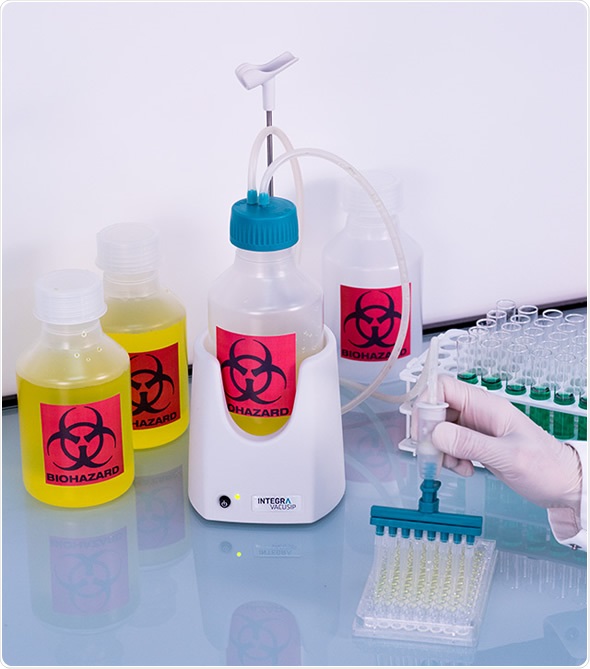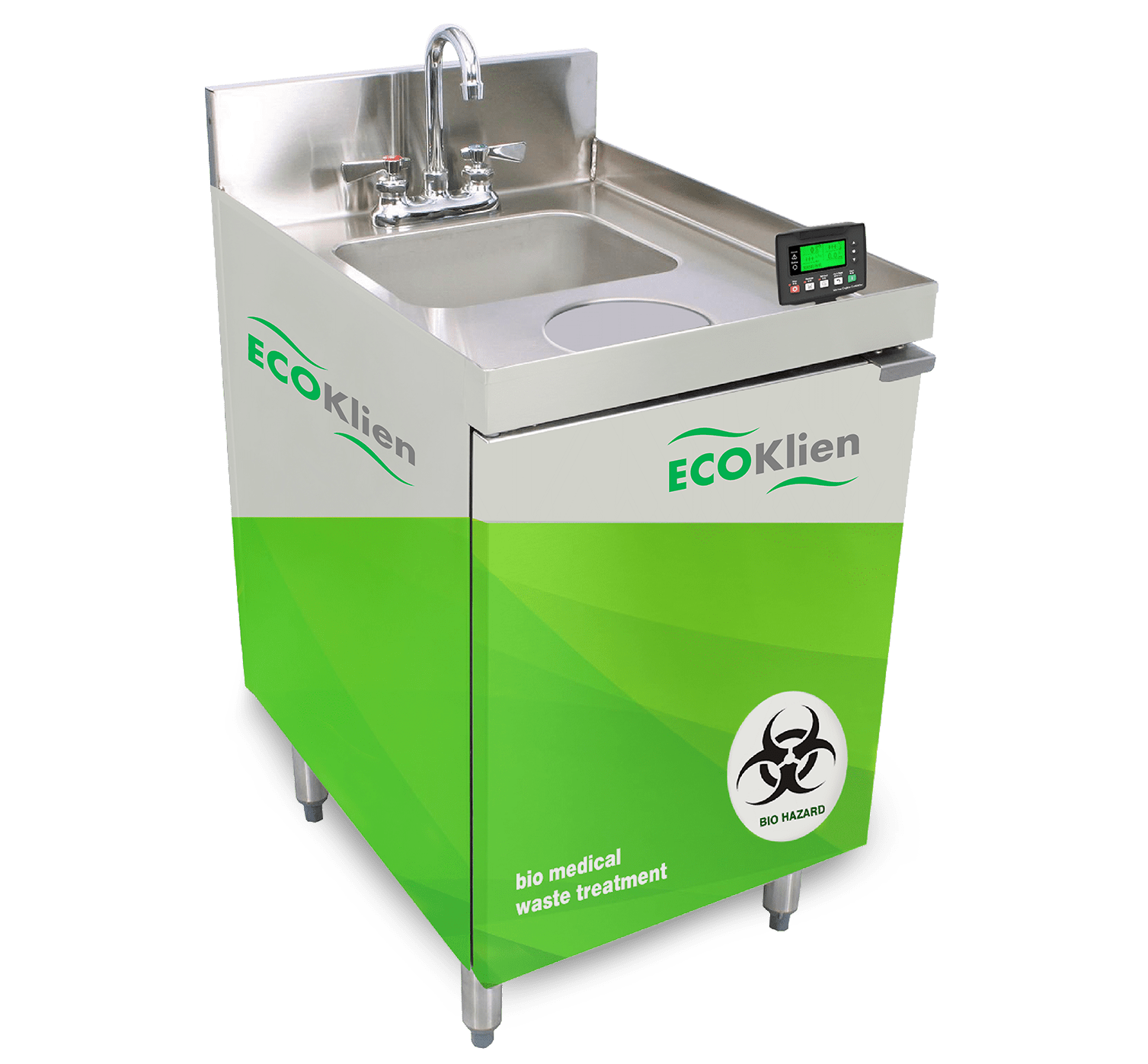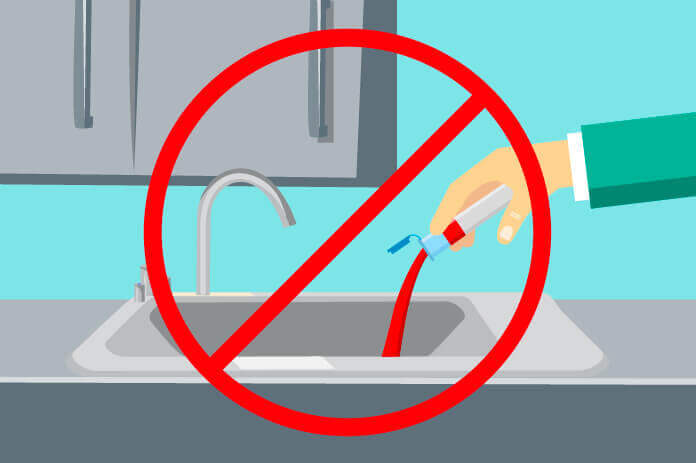Specialist Liquid Waste Removal Melbourne: Fast and Cost Effective Services
Specialist Liquid Waste Removal Melbourne: Fast and Cost Effective Services
Blog Article
Just How Liquid Garbage Disposal Functions: An In-depth Summary of Techniques and Technologies Employed

Review of Liquid Waste Types
The intricacy of fluid waste kinds demands a detailed understanding of their features and effects for disposal. Liquid waste can broadly be categorized into several kinds, consisting of commercial, local, agricultural, and contaminated materials. Each category shows distinct residential or commercial properties, requiring certain management techniques to alleviate environmental and health and wellness risks.
Industrial fluid waste stems from making procedures and usually contains a variety of contaminants, such as hefty steels, solvents, and natural substances. Local fluid waste, primarily comprising wastewater from homes and business establishments, contains organic matter, nutrients, and pathogens (industrial wastewater treatment). Agricultural fluid waste, consisting of runoff from ranches, may contain plant foods, pesticides, and animal waste, presenting threats to water quality and ecosystems
Dangerous fluid waste is characterized by its poisoning, sensitivity, or potential to cause injury. This group includes compounds like acids, bases, and specific chemicals that demand rigid handling and disposal protocols. Understanding these varied liquid waste types is vital for developing efficient disposal techniques and guaranteeing conformity with environmental guidelines. Correct category and characterization are vital for implementing proper therapy techniques and minimizing the negative effect on public wellness and the environment.
Physical Therapy Approaches

Screening is the initial step, where bigger fragments and debris are gotten rid of from the liquid waste using displays or grates. In sedimentation storage tanks, much heavier particles settle at the bottom, developing a sludge layer, while the clarified fluid can be additional dealt with.
Filtering is another essential technique that involves passing the fluid through permeable materials, such as sand or membranes, to record smaller particles. This step boosts the top quality of the liquid, making it suitable for succeeding therapy processes.

Chemical Treatment Methods
Chemical therapy strategies are important for successfully taking care of fluid waste, particularly in attending to liquified and colloidal pollutants that physical approaches might not adequately eliminate. These methods use different chemical representatives to counteract, speed up, or transform unsafe substances right into much less damaging types.
One typical technique is coagulation and This Site flocculation, where chemicals such as alum or ferric chloride are included in advertise the gathering of put on hold bits. This procedure improves sedimentation, enabling for less complicated elimination of the resulting sludge. In addition, oxidation procedures, utilizing agents like chlorine or ozone, are utilized to damage down complicated organic compounds and virus, rendering the waste safer for discharge or more therapy.
Neutralization is one more vital technique, which adjusts the pH of acidic or alkaline waste streams to neutral levels, review preventing potential injury to downstream systems and the atmosphere. Furthermore, advanced oxidation procedures (AOPs) use combinations of oxidants and ultraviolet light to weaken relentless toxins, achieving a greater level of treatment performance.
Biological Treatment Procedures
Biological therapy processes play an essential role in the monitoring of liquid waste by making use of bacteria to decompose raw material and reduce impurity levels. These procedures can be broadly classified into anaerobic and cardiovascular therapies, each employing details microbial areas to achieve efficient waste destruction.
Cardiovascular therapy includes the usage of oxygen to help with the malfunction of organic materials by germs. This process is frequently implemented in activated sludge systems, where oygenation tanks give a favorable atmosphere for microbial development, leading to the oxidation of organic toxins. The resultant biomass can be separated from treated effluent via sedimentation.
In comparison, anaerobic treatment happens in the absence of oxygen, counting on different germs to damage down raw material. This approach is specifically advantageous for high-strength waste, as it creates biogas, a renewable power resource, while minimizing sludge production. Technologies such as anaerobic digesters are regularly used in community and industrial applications.
Both anaerobic and cardio organic therapies not just decrease the ecological influence of fluid waste yet additionally facilitate source healing, making them vital parts of lasting waste monitoring approaches. Their efficiency, versatility, and efficiency sustain their prevalent implementation across various fields.
Arising Technologies in Disposal
Innovative approaches to liquid waste disposal are rapidly advancing, driven by improvements in innovation and an increasing focus on sustainability. Among these emerging innovations, membrane bioreactors (MBRs) have actually gained grip for their capability to combine organic treatment with membrane layer filtration, resulting in high-quality effluent that can be recycled in various applications. MBRs make it possible for smaller sized footprints and extra effective procedures compared to standard systems.
Another encouraging development is using anaerobic digestion integrated with nutrient healing innovations, which not just treats liquid waste yet also produces biogas and recovers beneficial nutrients like nitrogen and phosphorus. This twin benefit enhances source efficiency and minimizes ecological impact.
Furthermore, progressed oxidation processes (AOPs) are being embraced for the destruction of complex organic contaminants. These techniques make use of powerful oxidants and catalysts to break down pollutants at the molecular degree, using an extremely reliable remedy for challenging waste streams.
Furthermore, the integration of expert system and artificial intelligence in waste administration systems is optimizing functional performance and anticipating upkeep, bring about reduced costs and boosted ecological conformity. These modern technologies show a considerable change in the direction of even more efficient and lasting Get the facts liquid waste disposal practices.
Conclusion
In final thought, effective fluid waste disposal requires an extensive understanding of numerous methods and modern technologies. By constantly progressing these approaches, it becomes feasible to address the growing obstacles connected with fluid waste, ultimately adding to ecological protection and source recovery.
Liquid waste disposal is a crucial element of ecological management, needing a thorough understanding of numerous strategies and technologies tailored to various waste kinds. Liquid waste can broadly be categorized into numerous kinds, including industrial, municipal, agricultural, and harmful waste. Agricultural fluid waste, including runoff from farms, might have fertilizers, pesticides, and animal waste, presenting dangers to water quality and communities.
Different physical therapy approaches play an essential role in managing liquid waste successfully - industrial wastewater treatment.In final thought, efficient liquid waste disposal requires a detailed understanding of numerous strategies and modern technologies
Report this page